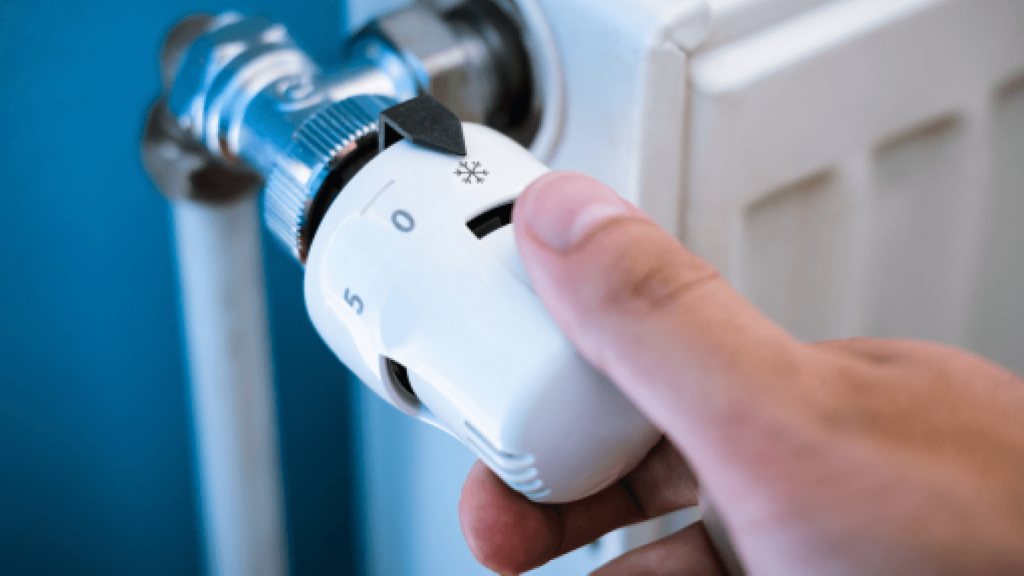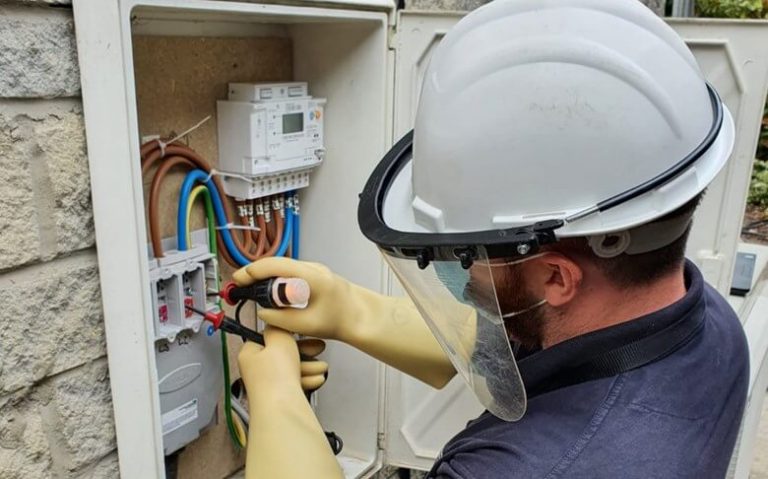Heat Network Regulations update: BEIS consultation and legislation changes

Following a series of delays, the UK Government is to hold a consultation on a revised methodology for assessing the cost effectiveness of metering for district and communal heat networks in new buildings. There are also plans to legislate for the installation of heat meters in existing buildings.
Heat Network Regulations – the lowdown
The Heat Network (Metering and Billing) Regulations were introduced by the UK Government as part of the European Union’s Energy Efficiency Directive in 2014, and relate to the distribution of thermal energy from a central source to more than one end user for the purposes of heating, cooling or hot water supply.
Under the existing regulations, for any new or significantly renovated dwellings where heating, cooling or hot water is supplied from a district heat network to more than one final customer, the heat supplier must ensure that point-of-entry meters and final customer meters are installed to measure consumption and facilitate billing.
The law also requires heat suppliers to notify the Department of Business, Energy & Industrial Strategy (BEIS) regarding the location, capacity and supply figures of any existing district heat network or communal heating scheme.
Heat Network Regulations – delays and amendments
As with the introduction of much new legislation, there have been some teething problems.
Though the legislation to install point of entry meters is now in force, the 31 December 2016 deadline to install final customer meters has been suspended. This was due to the original viability tool used to assess the cost-effectiveness of installing final customer meters (allowing heat suppliers a possible opt-out option) being found not-fit-for-purpose.
Following a series of delays, a BEIS consultation on a revised methodology for assessing the cost effectiveness of metering for district and communal heat networks is now planned for early 2018.
The new date from which final customer meters must be fitted subject to cost-effective tests will be revealed under amended regulations slated for release later this year.
It is expected that the revised viability tool will have to prove that the total cost benefit of all parties should be neutral or positive, with the model likely to be based on a 10-year return on investment assuming a 20% energy usage behavioural change saving.
Planned new legislation for existing buildings supplied by a heat network
In addition to new and significantly renovated buildings, as part of these amended regulations BEIS is also planning to legislate for the installation of energy meters in existing buildings which are supplied by a heat network.
BEIS estimate that there are currently between 25-50 thousand heat networks within the UK. As explained above, it is now a legal requirement to have registered these heat networks/ communal heating schemes with BEIS.
BEIS expects a significant number of these existing heat networks to require retrofit heat meters under the new legislative guidelines.
Heat Network Regulations – How things stand
Whilst the cost effectiveness viability tool is currently being revised by BEIS, it is advised that no further assessments should be undertaken. However, the remaining requirements of the existing regulations are unchanged and require strict compliance by heat suppliers.
For guidance on compliance with Heat Network Regulations, more information can be found on BEIS’ official compliance page here.
As for the BEIS consultation and legislation amendments planned for 2018, we will keep you informed of developments here through our blog and advise on how to manage any changes going forward.


